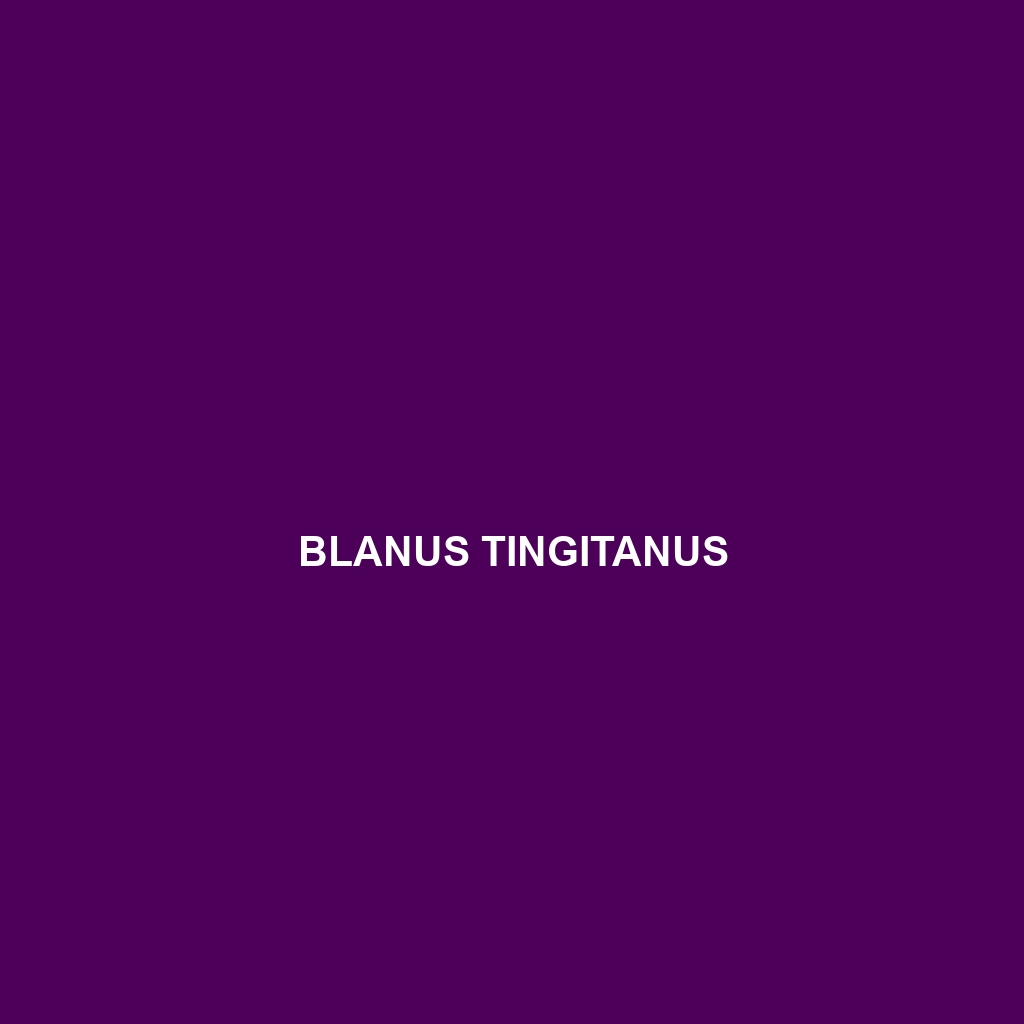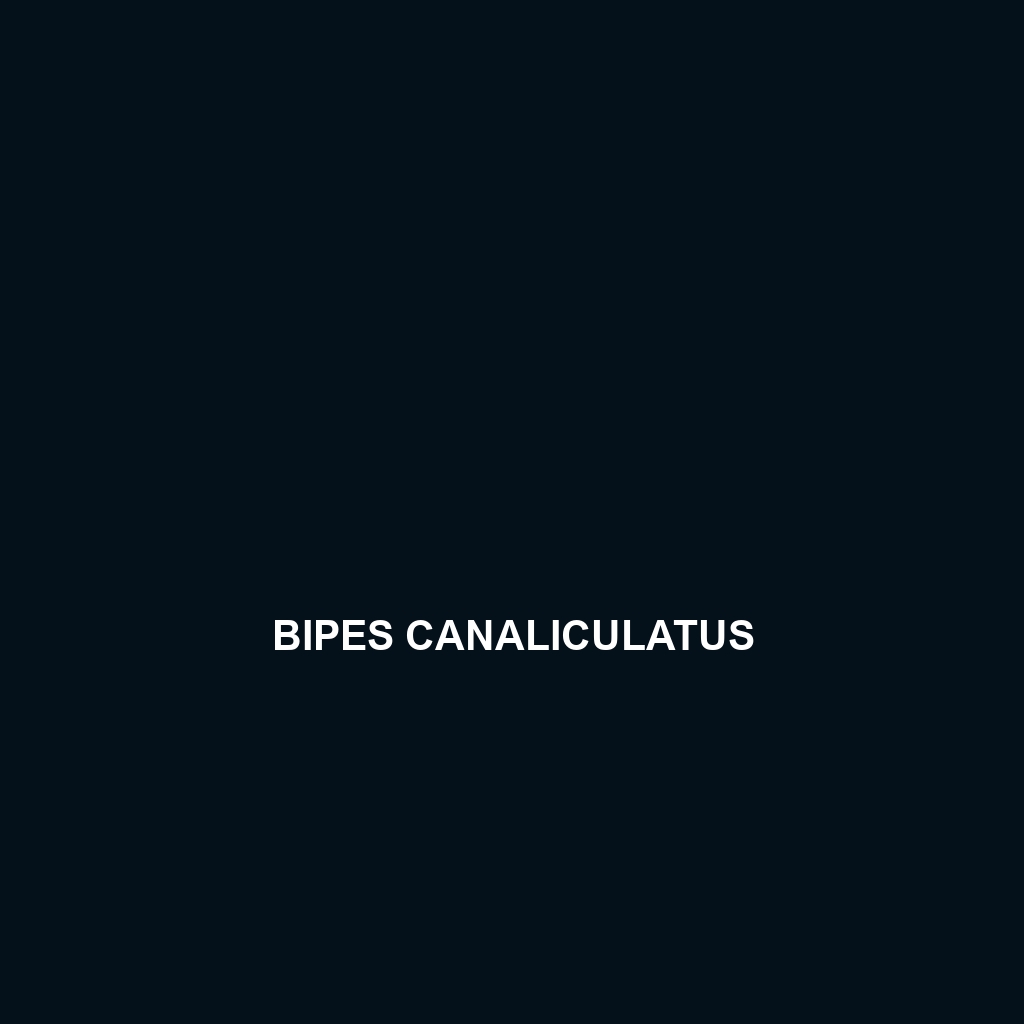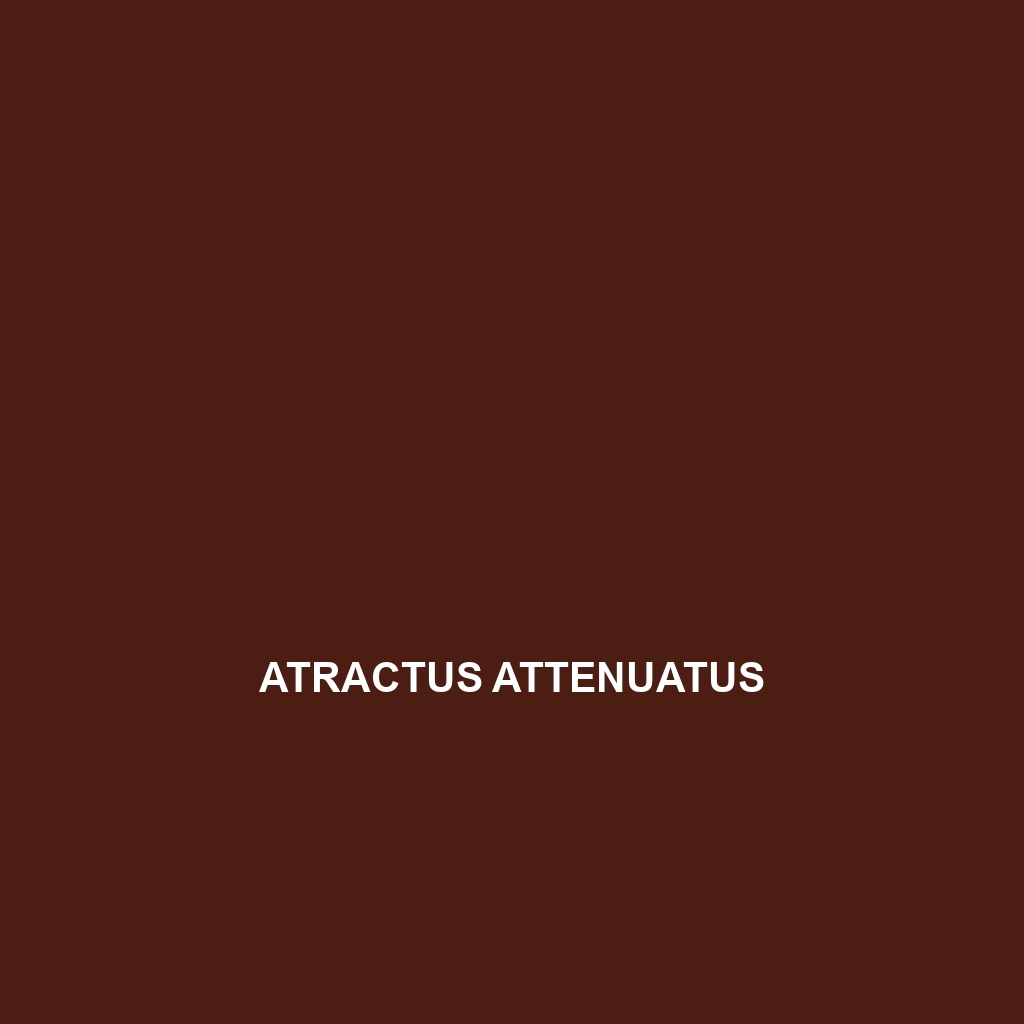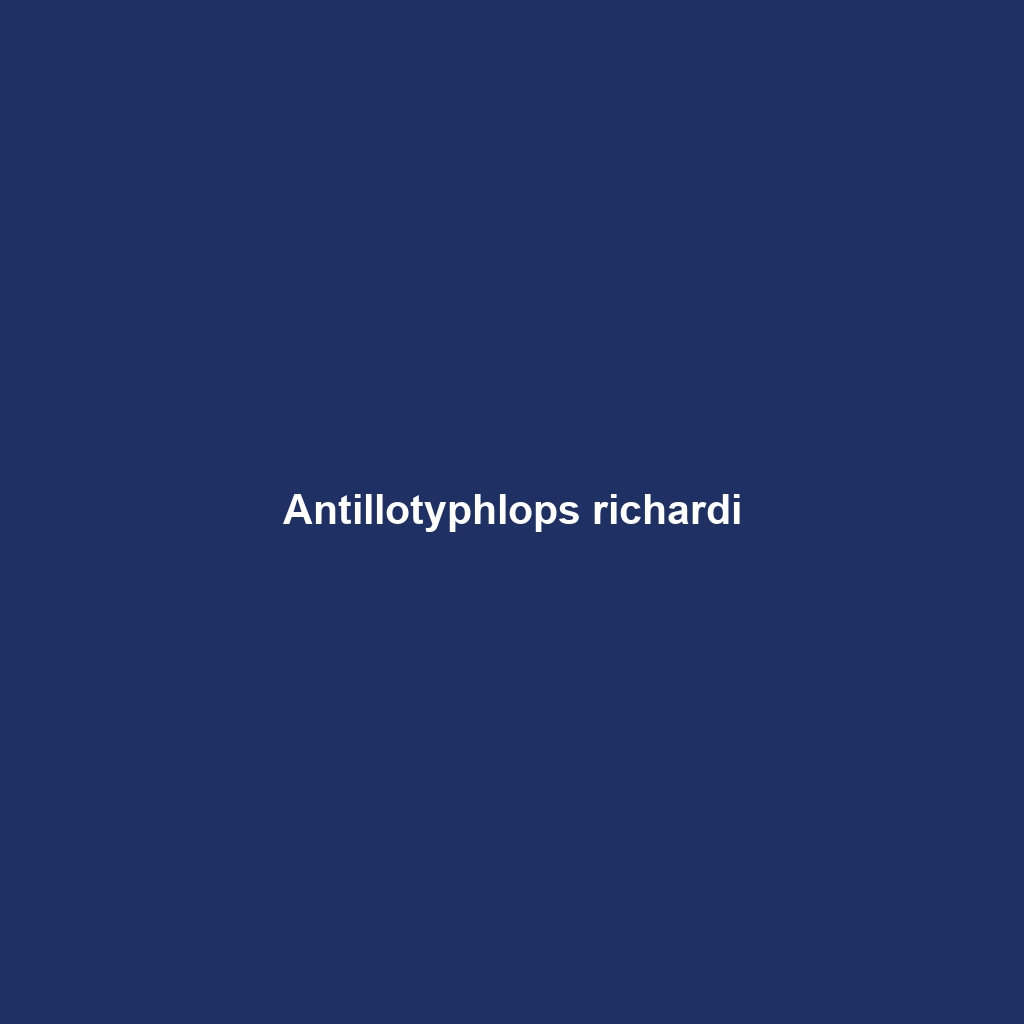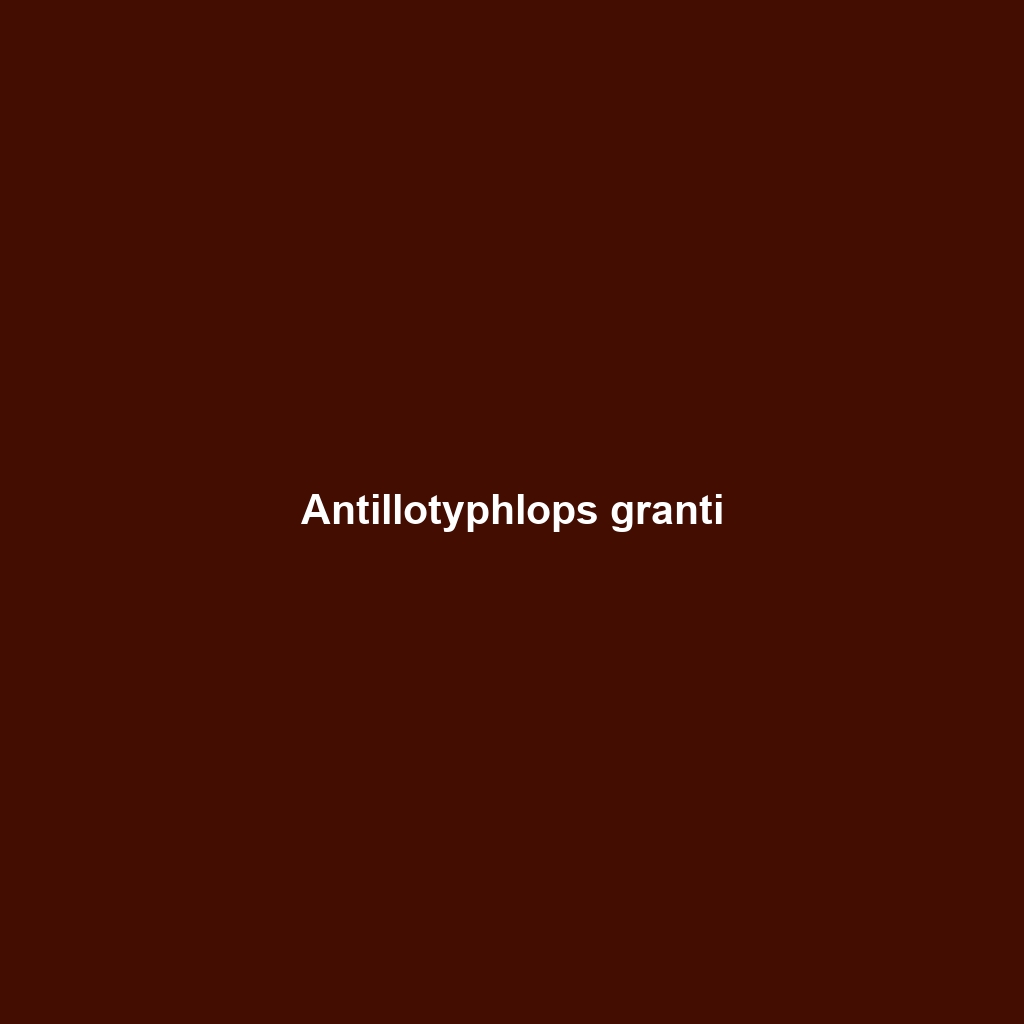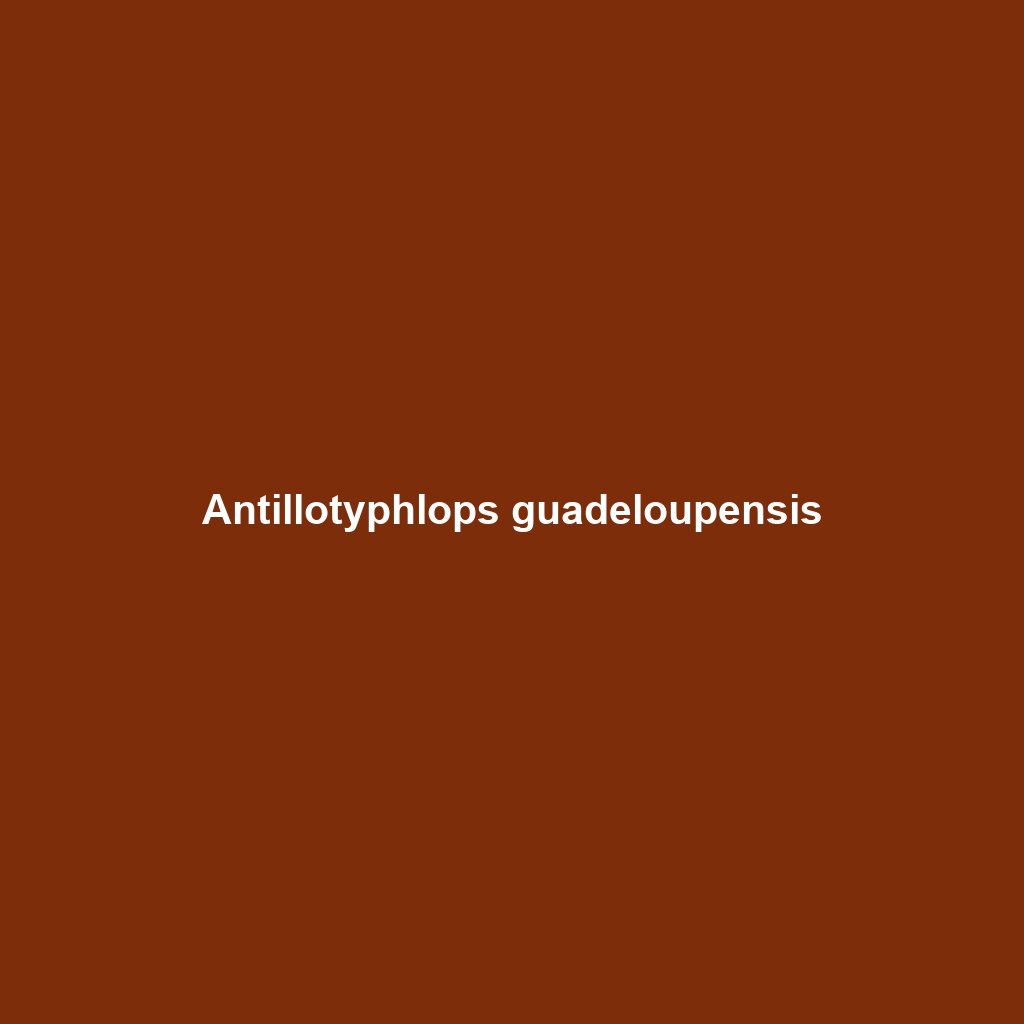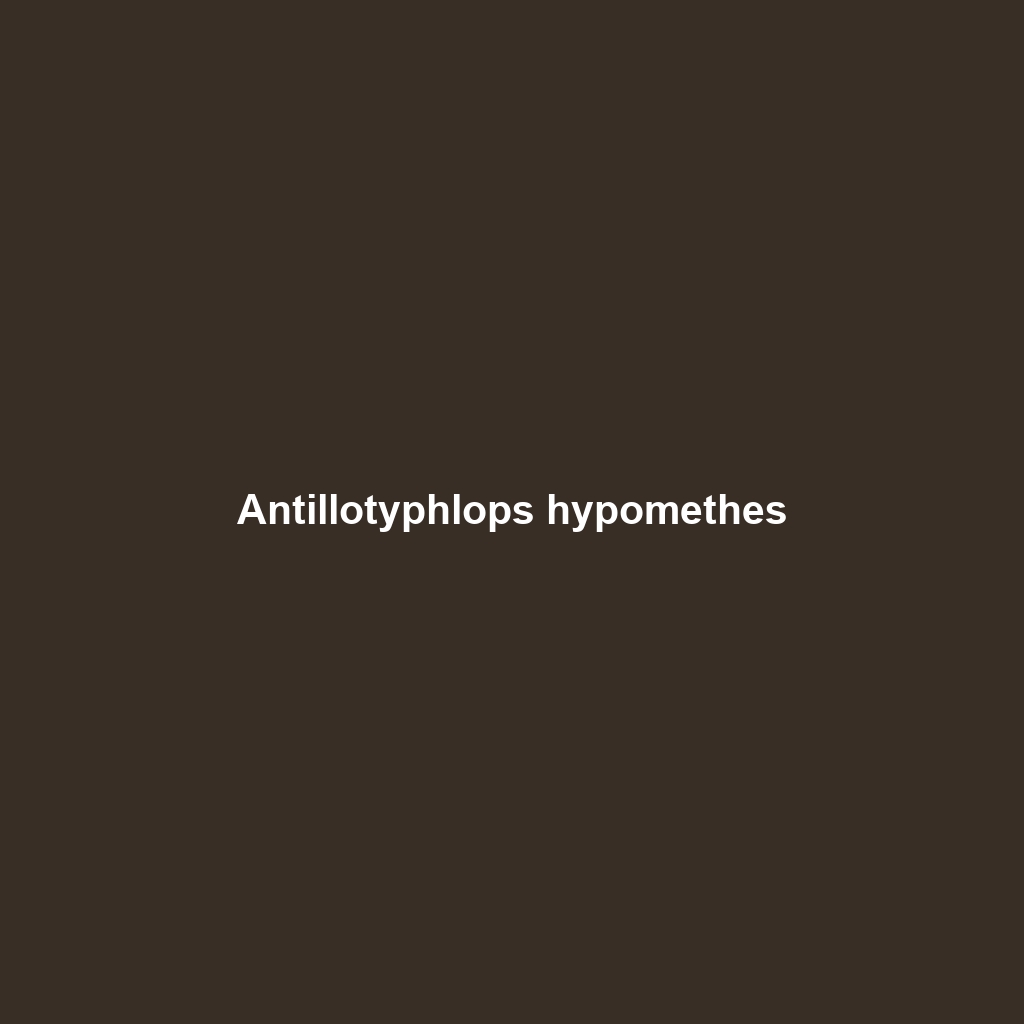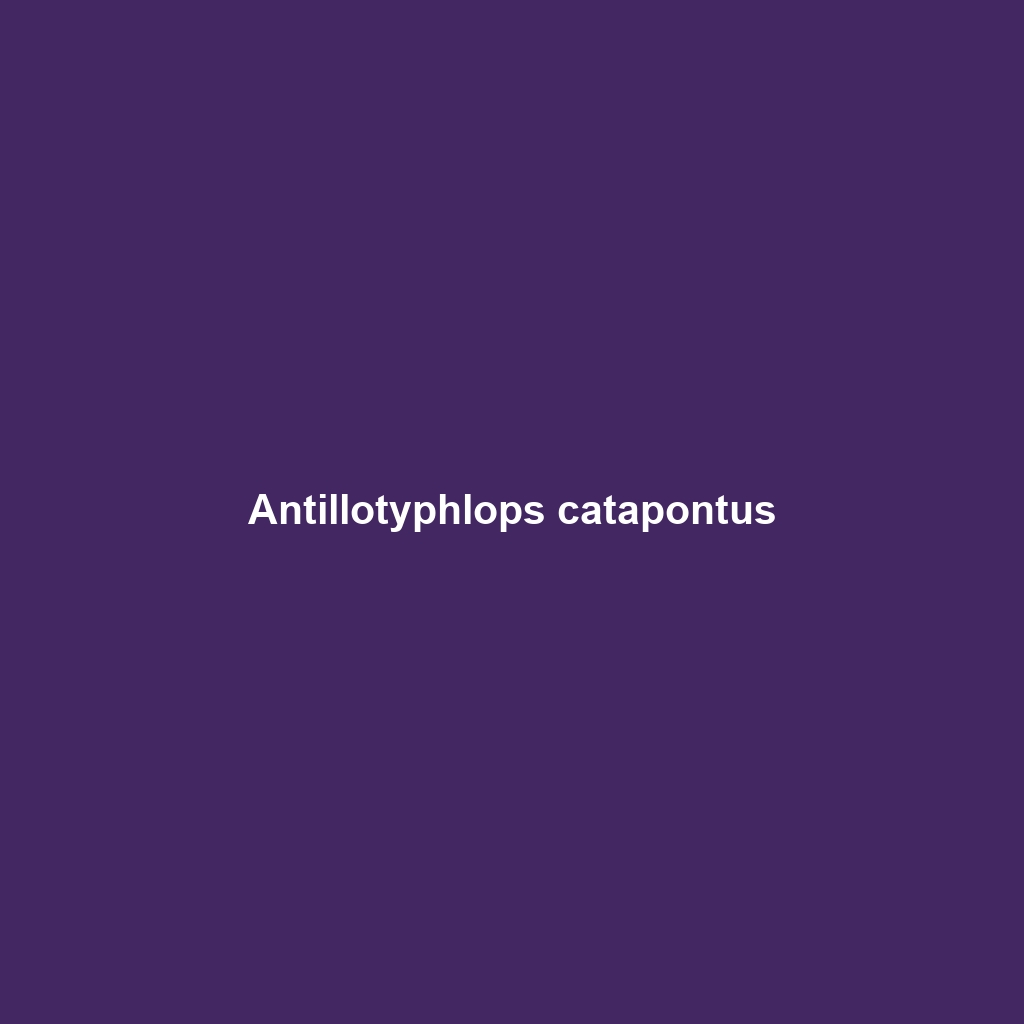Discover the Blanus aporus, commonly known as the glass lizard, a legless lizard found in the arid regions of southern Europe and North Africa. Measuring 40 to 60 cm, it boasts smooth, shiny skin, a nocturnal burrowing behavior, and a diet primarily consisting of small invertebrates, contributing significantly to its ecosystem by controlling insect populations.
Tag: soil aeration
Bachia whitei
Discover the fascinating Bachia whitei, a slender, fossorial species native to the dry forests and savannas of northeastern Brazil, known for its unique burrowing abilities and vital role in controlling insect populations while exhibiting distinctive light brown to gray patterns for camouflage. This vulnerable species thrives in sandy soils, primarily feeding on small insects and arachnids, with a seasonal breeding cycle during the rainy months.
Atractus attenuatus
Discover the Atractus attenuatus, or slender blind snake, a fascinating fossorial species native to the humid lowland forests of Central and South America, characterized by its elongated body, shiny scales, and diet of small invertebrates. This non-venomous snake plays a vital role in its ecosystem by regulating invertebrate populations and enhancing soil health through burrowing activities.
Antillotyphlops richardi
Discover the fascinating <i>Antillotyphlops richardi</i>, or Richard's blind snake, an endemic species of the Lesser Antilles, known for its burrowing lifestyle, distinct cylindrical shape, and diet of small invertebrates like ants and termites. This vulnerable snake plays a crucial role in maintaining ecological balance by controlling insect populations and aiding soil health.
Antillotyphlops granti
Introducing Antillotyphlops granti, or Grant's blind snake, a slender, nocturnal species native to the Caribbean, primarily found in Puerto Rico and the Virgin Islands. With its degenerated eyes, it thrives underground, feeding on small invertebrates and playing a crucial role in maintaining ecological balance.
Antillotyphlops guadeloupensis
Antillotyphlops guadeloupensis, also known as the Guadeloupe blind snake, is a fossorial species native to the humid forests and grasslands of Guadeloupe. This nocturnal reptile, measuring 30 to 60 cm in length, plays a crucial role in soil aeration and pest control by feeding on soft-bodied invertebrates, while its vulnerable status highlights the need for conservation efforts.
Antillotyphlops hypomethes
Discover the Antillean blind snake (<i>Antillotyphlops hypomethes</i>), a small, fossorial species native to the Caribbean islands, known for its distinctive smooth, cylindrical body and secretive behavior. This Vulnerable species thrives in moist, forested environments, primarily feeding on soft-bodied invertebrates while aiding in soil aeration and nutrient cycling.
Antillotyphlops catapontus
Discover the Antiguan blind snake (Antillotyphlops catapontus), a small, fossorial species native to Antigua, known for its smooth, cylindrical body, tiny non-functional eyes, and a diet primarily consisting of ants and termites. This nocturnal serpent plays a crucial role in controlling insect populations and aerating the soil in its tropical habitat.
